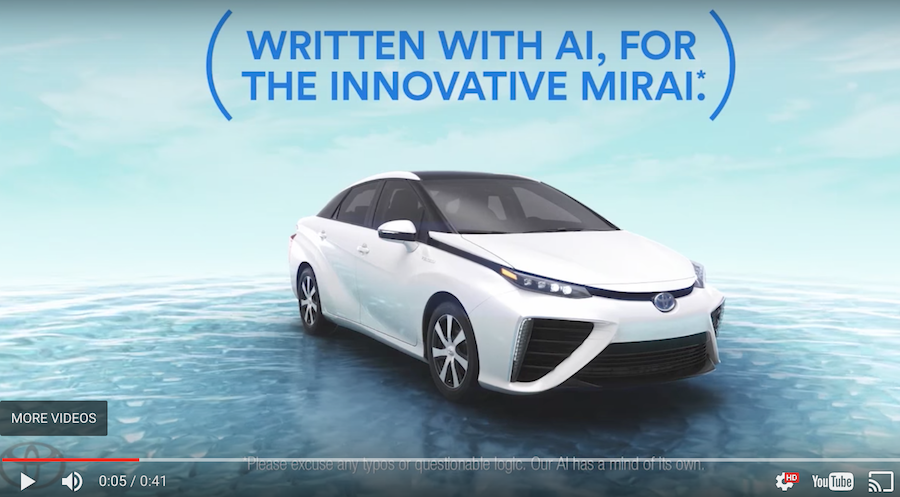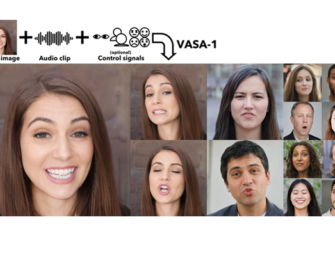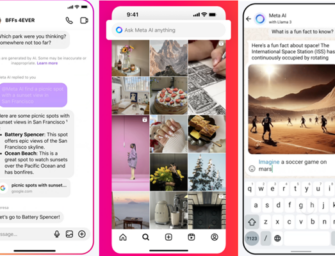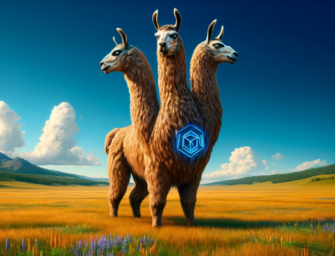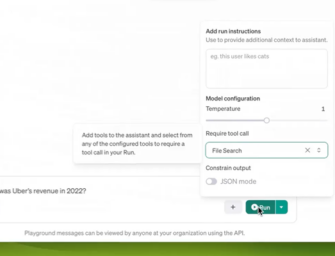Saatchi Teaches IBM Watson to Write Ads for New Toyota Mirai
Adweek is reporting that Saatchi used IBM Watson in an ad campaign for the new Toyota Mirai. People wonder what AI can do and no doubt some will see its application to advertising as a step backward for humanity. However, the important part of this story is what it tells us about AI. Sure AI can solve complex problems and see patterns in data and text that humans cannot. Saatchi shows us that AI can also be applied to creative disciplines like copywriting.
Training Your AI To Be Creative
You don’t just boot up IBM Watson and ask it to start spitting out ad copy. The Saatchi LA team spent three months training it to write first in coherent sentences and then to customize the communication to a target demographic. Adweek’s Lauren Johnson characterized the process this way:
First, Saatchi LA wrote 50 scripts based on location, behavioral insights and occupation data that explained the car’s features to set up a structure for the campaign. The scripts were then used to train Watson so it could whip up thousands of pieces of copy that sounded like they were written by humans.
The target demographic for the campaign was scientists, engineers and other early adopters of technology. Saatchi LA’s Pierantozzi commented to Adweek:
We realized that we couldn’t just let [IBM Watson] go out and try to figure out the creative on its own. We had to give it guidelines with exactly what we wanted, so then it had a little bit of creative freedom to come up with some of the thoughts on its own.
The IBM Watson output was rough at first producing only unintelligible sentence and word combinations. With more training scripts it became better until it finally produced the sentences, “Yes, it’s for fans of possibility.” Many more lines came afterward, each focused on target consumer profiles. One of the ads with copy from IBM Watson can be viewed below.
http://www.youtube.com/watch?time_continue=5&v=wn81ZeB-cvs
Training is Required Before High Volume Output
It was interesting to note that the goal wasn’t necessarily to use Watson to produce higher quality or more creative output. Saatchi LA could have come up with compelling concepts and copy. The difference here was scale. According to Johnson, “While each video looks the same, the copy is tailored to more than 100 different demographics, resulting in thousands of pieces of content.” Saatchi’s Pierantozzi concluded:
A lot of these lines at the end of the day could have probably been written by a human, but we wouldn’t have been able to write thousands and thousands of ads.
Humans are still learning what AI can do and it isn’t limited to solving engineering problems, executing tasks, playing games or driving cars. AI like IBM Watson can also engage in creative processes, but it requires human-led training to become proficient. As I think about it, don’t people typically receive some human-led training before becoming good at a task? Maybe the differences aren’t as big as we think.


